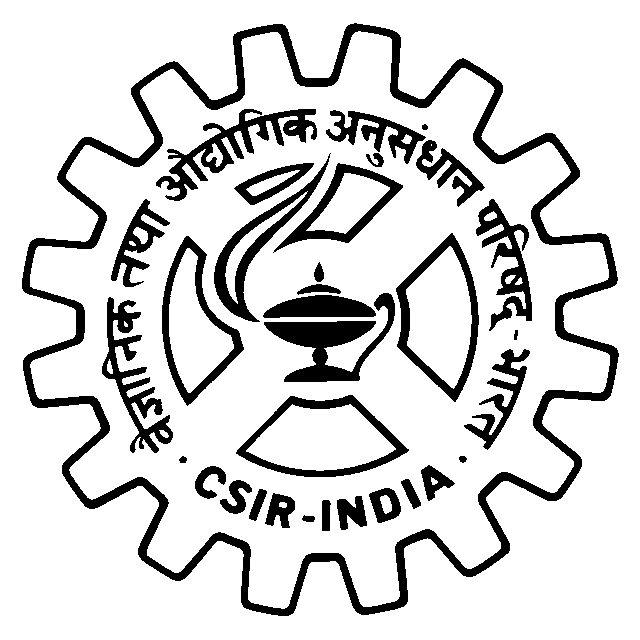
FAQs
Q1. What is ASPsiRNA?
ASPsiRNA is a comprehensive repository of a new category of
therapeutically relevant siRNAs called Allele
specific siRNAs (ASP-siRNAs), which can differentiate between two alleles
of a target gene even with one single nucleotide difference.
It is the only database of ASP-siRNAs involved in human
hereditary disorders. Currently, our archive contains a total of 4543
ASP-siRNAs targeting 78 unique genes
involved in 51 different human
genetic diseases.
Q2. How Allele discriminative-siRNAs are different from
indiscriminate siRNAs?
Traditional siRNAs are effective and specific to target a
particular target gene, but they are not usually effective to discriminate
target sequence from non-target ones with single nucleotide difference. Therefore
they use to suppress both targets with equal efficacy, while ASP-siRNAs are designed in such a way
that it can discriminate the mutant gene from the wild type gene counterpart. This
high level of specificity and efficacy is observed in these siRNAs in recent
scientific literature.
Q3. What is the implication of ASPsiRNA database to scientific community?
Since, ASP-siRNAs have potential to discriminate the wild
and mutant allele of a single gene, this would be amenable for the treatment of
those hereditary disorders in which wild type allele is critical for organismÕs
survival. Therefore in order to look for a better therapeutic for these type of
diseases; it should ideally do not harm wild-type allele, ASP-siRNAs stands
very well to combat and cure these disease in a better way.
Therefore, to make these ASP-siRNAs quickly accessible in
the form of a centralized, comprehensive database; we have developed ASPsiRNA. There
are two implications of this archive:
a) To keep
updated experimentally validated ASP-siRNAs/shRNAs reported in scientific
literature at one stand-alone database.
b) This
database will be beneficial to develop an Algorithm for the designing highly
effective ASP-siRNAs and might also provide guide to increase the specificity
of siRNAs by machine learning techniques.
Q4. What are the fields of ASPsiRNA?
These are as follows-
(1) PMID, (2) ASPsiRNA ID, (3) ASPsiRNA name, (4) ASPsiRNA sequence,
(5) mutant allele sequence, (6) ASPsiRNA efficacy for mutant allele, (7) ASPsiRNA
efficacy for wild allele, (8) Percentage discrimination,(9)
mismatch position ,(10) wild siRNA ,(11) wild allele ,(12) wtsiRNA
efficacy for wild allele, (13) wild siRNA efficacy for mutant allele, (14) Percentage
discrimination, (15) mismatch in,(16) concentration, (17) Target gene name, (18)
UniProt ID ,(19) target sequence, (20) GenBank, (21) mutation in target gene,
(22) RefSNP, (23) cell line, (24) technique, (25) expression method ,(26)
transfection method, (27) transfection duration, (28) disease, (29) OMIM ID, (30)
KEGG disease ID, (31) HUGO ID, (32) clinical significance of mutation, (33)
Delivery method, (34) title of the article/patent,(35) Authors, (36) Reference,
(37) target position, (38) mutation at gene level, (39) cytogenic location of
the gene, (40) genomic coordinates, (41) mutation/variant category, (42)
ClinVar ID.
Q5. How to use search option in ASPsiRNA?
User can perform search option in the following two ways:
1. User can perform a quick search by giving a keyword to
the Òquick searchÓ radio button provided at the top of the web interface and
click submit.
2. Second, user can enter the query/keyword after clicking
search on menu bar. User given keyword can be searched in the any of the 16
representative fields of the entire database categorized in three parts:
a) ASPsiRNA details like ASP-siRNA ID, ASP-siRNA name, its
antisense sequence, mismatch in siRNA, ASP-siRNA percentage efficacy against
mutant allele, percentage discrimination.
b) Target
gene/disease details like target gene, target mutation,
mutation category/variant, SNP, disease and pathogenic status
of mutation pertaining to that disease.
c) Important Experimental details like cell
line, experimental technique used to determine
efficacy/expression of ASP-siRNAs like dual luciferase reporter assay, PMID,
Author.
There is also facility that user can select some out of all
fields to search that keyword in those fields only.
Q6. Describe the tools incorporated in ASPsiRNA and their advantage?
We have provided three tools in ASPsiRNA to help user analyze
their sequence. These are:
1) ASPsiBLAST 2) ASPsiOffTar (seed-based) 3) ASPsiOffTar (full sequence-based) and 4) ASPsiMAP tool
Q7. What is the use of ASPsiBLAST tool?
The ASPsiBLAST tool searches the ASP-siRNA sequence in the archive
similar to the siRNA sequence provided by the user and searches whether that
siRNA sequence have been already reported in the literature or not.
Q8. What is the use of ASPsiAlign tool?
ASPsiAlign aligns the user given siRNA sequence on the human
reference genome.
Q9. What is the use of ASPsiRNA Map tool?
This tool can be use to map the ASP-siRNAs in the database
against the user given target gene sequence. Therefore it can be helpful to use
these siRNAs for the suppression of desired target gene sequence.
Q10. How to download data from ASPsiRNA?
Data is freely available to download from ASPsiRNA under the
download section in the menu bar. User can download either Allele specific
siRNAs; also entire database can also be downloaded depending upon their
requirement.
Q11. How to submit data in ASPsiRNA?
Experimental biologists, who are doing research in the field
of are welcomed to submit their experimentally validated ASP-siRNA sequences in
the database.
Q12. Is this database freely available?
Yes, this database is freely available through this URL:
http://crdd.osdd.net/servers/aspsirna